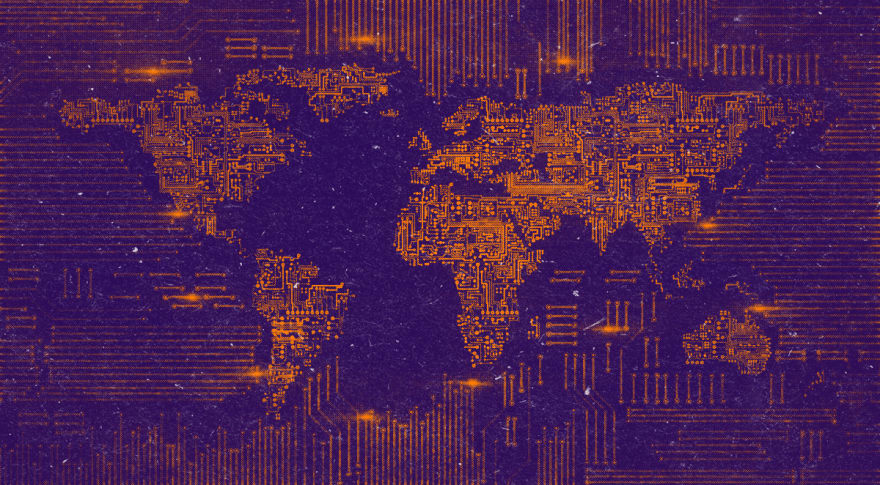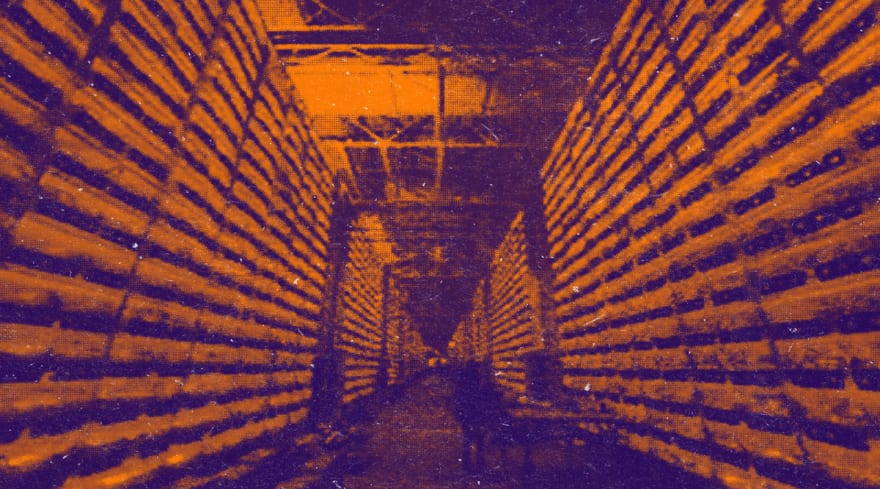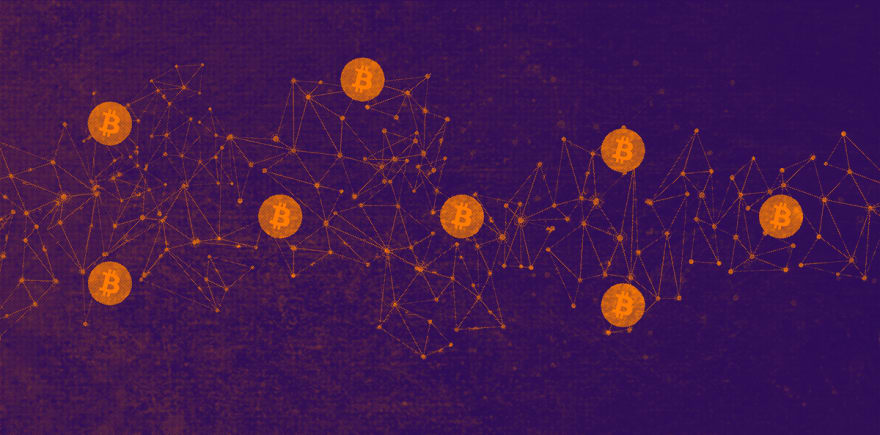In simple terms, a blockchain is just a database. They are databases in which information can only be added, which means you can't delete or edit it once it's been added. This property is referred to as append-only.
Each new entry (also known as a block) is cryptographically connected to the previous one. We can also say that a new block must have the previous one's fingerprint (hash) in order to keep the historic transactions connected and keep the chain growing. Because each new entry is linked to the preceding one, a chain of blocks is formed, which we refer to as a Blockchain.
The fundamentals of Blockchain
The three main ideas in blockchain are Blocks, nodes, and miners.
Blocks
Every chain is made up of several blocks.
When the initial block of a chain is created, the cryptographic hash is generated by a number (nonce). Unless it is mined, the data in the block is regarded as signed and irrevocably linked to that number and hash.
Miners
Miners add new blocks to the chain by the process of mining.
Every block in a blockchain has its own unique nonce and hash, but it also references the previous block's hash, making block mining challenging, especially on large chains.
When a miner mines a block successfully, all the other nodes get changed and network gets notified about it and the miner is rewarded financially.
Making a change to any block earlier in the chain necessitates re-mining not only the affected block, but all subsequent blocks as well. This process is quite complex for large blockchains and that’s why these blockchains are considered to be really secure.
Nodes
One of the most important concepts in blockchain technology is decentralisation. Nodes are the entities that connect the chain and store the blockchain’s data.
A node is any form of technological device that saves copies of the blockchain and keeps the network running. Every node has its own copy of the blockchain, and any freshly mined block must be approved algorithmically by the network in order for the chain to be updated, trusted, and confirmed.
In a nutshell, blockchains are a technology that enables TRUST to SCALE.
How did blockchain come to be?
Blockchain technology was created as a result of Bitcoin and other cryptocurrencies. By registering each blockchain based money transfer onto a publicly available digital ledger, it enabled currency exchange. It was first introduced in 2008 as a way to exchange Bitcoin. However, it has since garnered worldwide prominence as a means of sharing items other than money, such as recordings and contracts.
Some public blockchains that are widely used are- Ethereum, Ripple, and, of course, Bitcoin.
What is the mechanism behind blockchain?

Blockchain employs a distributed ledger and hash function to transmit data.
It's practically impossible to pinpoint the algorithm that generates the hash. A hash has various qualities that make it difficult to fabricate, despite the fact that it is completely random. If one hash is changed, all hashes in the chain must be changed as well.
These hashes are then assembled and delivered to nodes, which are computers located all over the world that monitor and authorise each transaction. Once the majority of nodes agree that the transaction is valid and that the new data matches the prior entries, it is written into a block.
That's it for this quick intro to Blockchains. If you are excited to know more about the technologies associated with Web3, don’t forget to follow and be a part of the Get Into Web3 (GIW3) community for the latest updates. Also, don't forget to follow us on Twitter and join the Discord community to learn more.
Which blockchain is your favourite? Let me know in the comments.











Top comments (0)